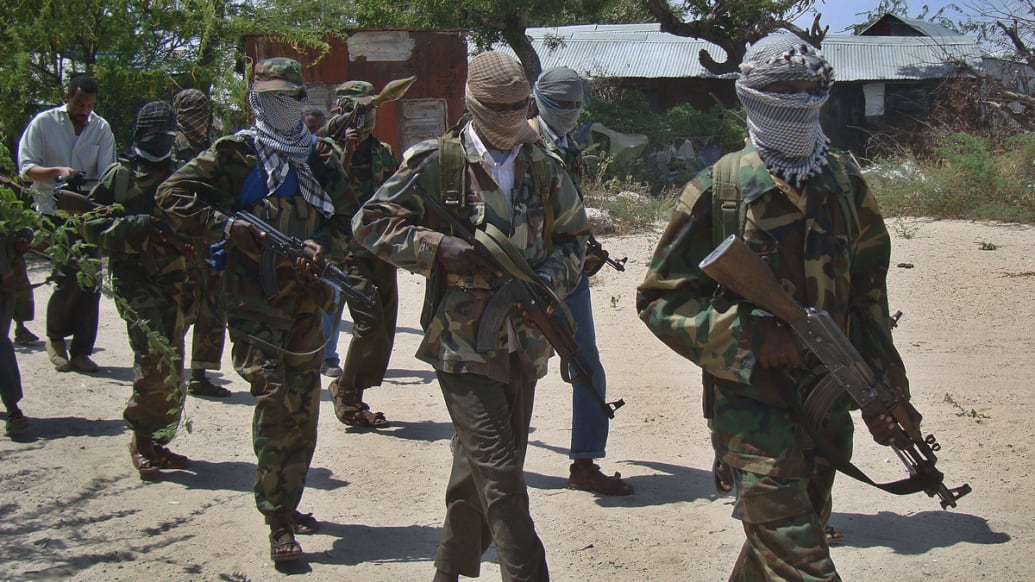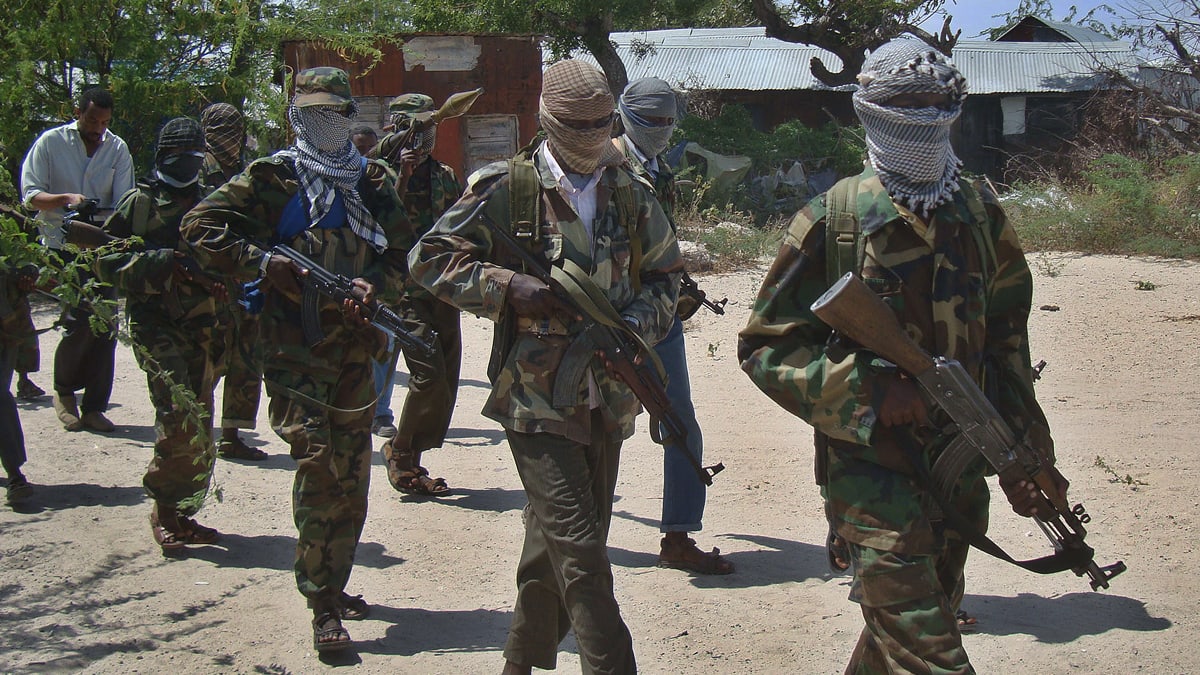When he came to office, President Obama inherited three overlapping wars. He ended the war in Iraq and is winding down the war in Afghanistan. But what about the war formerly known as the war on terror?
Clearly it is a war that is still being waged, and successfully so. The president suggested in his May speech in Kabul that the defeat of al Qaeda “is now within our reach.” Since then, the administration has achieved another battlefield success, a recent drone strike that eliminated Abu Yahya al-Libi, core al Qaeda’s second in command.
President Obama reiterated at the NATO summit in Chicago late last month that when the United States ends combat operations in Afghanistan in 2014, the “war as we understand it” will be over. He went even further in his subsequent commencement address at the Air Force Academy, tying the transition in Afghanistan to “the objective that led us to war in the first place, and that is defeating al Qaeda and denying them safe haven.”
Taken together, the president appears to be saying to a war-weary American public that these wartime ends—the end of operations in Iraq and Afghanistan and the end of Osama bin Laden and core al Qaeda—mean that by the end of 2014, the United States will no longer be a nation at war. This may represent good politics, but has significant legal and strategic implications.
On Sept. 18, 2001, Congress authorized the use of military force against those who perpetrated the Sept. 11 attacks and those who aided them. With bin Laden’s death and rhetoric about the “strategic defeat” of core al Qaeda, the administration appears to be saying that those objectives of that AUMF, as its known, have been accomplished. Any lingering threat posed by al Qaeda’s regional friends—the Taliban and Haqqani Network—are increasingly viewed by the administration as a political rather than a military challenge, and one it will turn over to the Afghan government by 2014.
President Bush defined the challenge more broadly. He declared in the days following Sept. 11 that the war on terror “begins with al Qaeda, but it does not end there.” President Obama reframed it as the “war against al Qaeda,” but has been intensively focused on the threat posed by the rise of al Qaeda’s affiliates, most of which did not exist in 2001.
Last week, in a report to Congress, the administration acknowledged its “robust” operations in Yemen and Somalia. And this week, it designated three leaders of Boko Haram in Nigeria as global terrorists, reflecting the group’s growing links to al Qaeda in the Maghreb.
The war on terror is now in reality this struggle against al Qaeda’s affiliates. It will certainly extend beyond 2014. It will involve the deployment of more technology, with drones being the weapon of choice, and fewer boots on the ground.
So, is this a war? Regardless of the label, under what legal authority will it be waged?
The administration has not coined this next phase of counterterrorism operations, but its view on the governing domestic legal authorities is relatively straightforward. Based on the recent speeches by senior administration policy and legal officials, the expansion of counterterrorism operations beyond the bounds of the initial conflict is justified by a combination of the president’s inherent constitutional authority to protect the nation from imminent attack and the AUMF. They also reference the inherent right to self-defense under international law.
This is a sound legal argument, but it lacks the necessary political legitimacy and strategic clarity to succeed over the long term. A better course is to seek from Congress a new authorization that defines the scope and limits of future counterterrorism operations against al Qaeda’s affiliates. This will achieve three important goals.
First, a new authorization will clarify for the American people that we remain at war. Recent advances in Yemen by al Qaeda in the Arabian Peninsula, including the interception of a new and improved under-bomb there, alarmingly illustrate this point. Our adversaries have the ability to attack the United States at any time. On Sept. 11, al Qaeda was at war, and we weren’t. We should not repeat that strategic mistake.
Second, a new authorization will ensure the political sustainability of ongoing operations by the military and CIA. Key tenets of the Weinberger and Powell doctrines still apply: the use of force requires the engagement of the American people and also clear authorization from Congress. Continued reliance on the September 2001 AUMF beyond 2014 undermines our constitutional structure as temporary emergency powers become permanent. A new authorization will restore the appropriate balance between the executive and legislative branches. Much like the Patriot Act, a new AUMF should sunset after three years unless reauthorized by Congress.

Third, a new authorization will delineate who the enemy is, where the war will be fought, why it will be waged, and under what conditions it should end, questions that have become increasingly difficult to answer as our attention shifted from Afghanistan to Iraq and back again. Such specificity will avoid the open-ended conflict many feared during the Bush administration.
We will remain a nation at war after 2014. Our adversaries are evolving, and their locations expanding. This phase will be different than what we have experienced over the past decade.
It is tempting to define the challenge that remains as something other than war and outside the traditional definition of “hostilities.” That temptation should be avoided. It is far better to call it a war than to argue why it isn’t. If this war retreats “into the shadows,” President Obama will be left waging an indefinite and undeclared war—the very war he campaigned so forcefully against.


